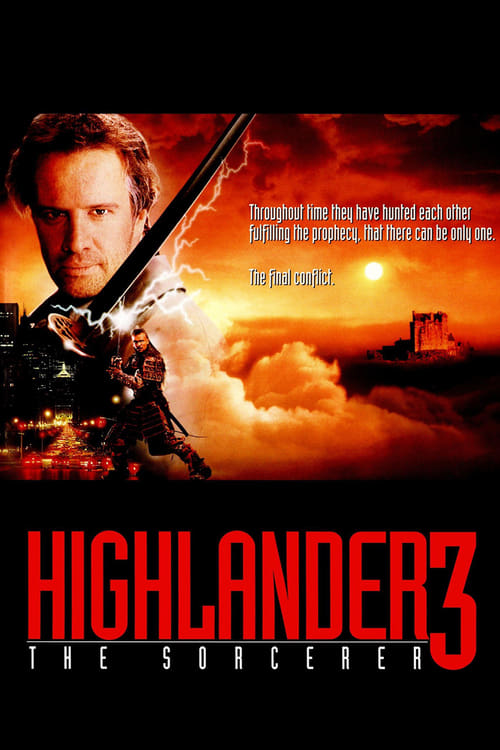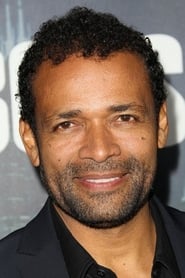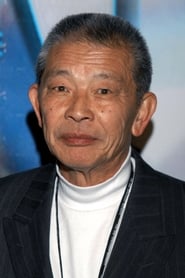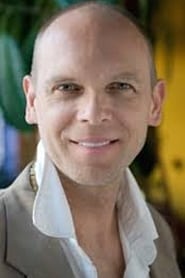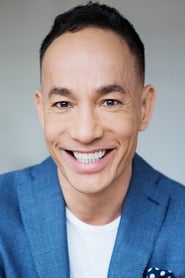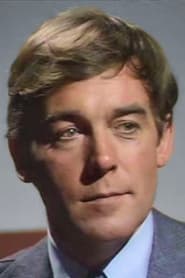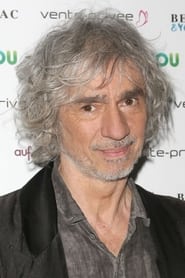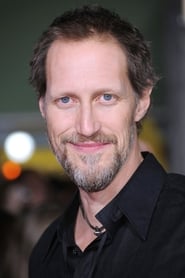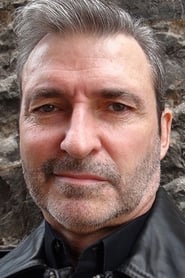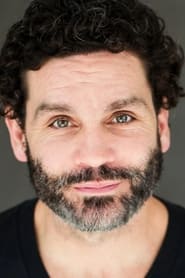Cast
View AllChristopher Lambert
as Connor 'The Highlander' MacLeod
Mario Van Peebles
as Kane
Deborah Kara Unger
as Alex Johnson / Sarah
Mako
as Nakano
Martin Neufeld
as Lt. John Stenn
Daniel Dõ
as Takamura
Michael Jayston
as Jack Donovan
Louis Bertignac
as Pierre Bouchet
Lisa Vitello
as Nurse
Christopher Heyerdahl
as Ponytail
Raoul Max Trujillo
as Warrior #1
Jean-Pierre Pérusse
as Warrior #2
Gabriel Kakon
as John MacLeod
Darcy Laurie
as Banger 1
David Francis
as Doctor Malloy
Crew
Director
- Andrew Morahan
Producer
- Claude Léger
Reviews
Filipe Manuel Neto
**An apology to the fans of the first film, which is still not very convincing.**
Sometimes, even the most innocent and naive movie lover can understand that a movie is going to be a huge failure. That must have happened with “Highlander II”, since it is almost certainly one of the worst sequels ever made. After deciding to make this film, the producers and director Andrew Morahan were aware of this, and they corrected it by deciding to pretend that this film never existed, returning to the original and building on that foundation. The result wasn't a success, but at least it wasn't an insult either.
The script for this film shows us what happened after Connor MacLeod left Scotland, still wounded by the death of his first wife. He goes to Japan, where he seeks out a wise sorcerer named Nakano. It turns out that there was another immortal warrior interested in going against Nakano, to kill him and absorb his magic and power: Kane. The fight ends in the sorcerer's death. In the present day, his cave is discovered, along with bones and remains that point to the Scotsman's presence, which intrigues archaeologists and historians, as Connor, now a respectable antiquary, prepares for the ultimate battle with Kane.
All right, the script is really a mess and admits very silly possibilities for the eyes of anyone who understands and studies history. However, it is a much more decent script and much more in keeping with the original film, which can be said to be a positive point. Nevertheless, it doesn't bring anything really new or fresh, except for a few scenes that are set in the Baroque period and Revolutionary France. Even the villain is, at heart, a retelling of the villain from the first film.
The cast does what they can, but only Christopher Lambert deserves to be given the thumbs up for a satisfying job. There are a lot of cliché situations or scenes where we get the feeling that the characters are not acting intelligently. Mako tries to be very genuine and gives his character a certain authenticity, which was positive, but everything else is forgettable. Mario Van Peebles seems to bet everything he can on his voice, the huskiest and most cavernous he can get, and Deborah Unger is just the pretty face of the moment.
Technically, the film also sought to recreate the look of the first film. There are some points to highlight, namely the good work of the cinematography and the visual and sound effects, which manage to give the film some of the spectacular effects of the first one, without the freshness and authenticity. I also liked the period scenes in general. While not brilliant, they were a welcome addition that shows us a little bit of the main character's backstory. The soundtrack again bets on heavy rock, but is generally forgettable.
Oct 18, 2022
Thematic Analysis
This high-octane Fantasy/Action/Adventure film balances spectacular sequences with character-driven moments. Unlike many films in the genre, Highlander III: The Sorcerer distinguishes itself through a unique visual style and creative action choreography.
Director Andrew Morahan brings their distinctive visual style to this film, continuing their exploration of themes seen in their previous works while adding new elements. Their approach to pacing and visual storytelling creates a viewing experience that rewards close attention.
Released in 1994, the film exists within a cultural context that now offers viewers historical perspective on the social issues of that era. Its reception demonstrates the diverse reactions to its artistic choices and its place in cinema history.
Did You Know?
- The production of Highlander III: The Sorcerer took approximately 22 months from pre-production to final cut.
- With a budget of $30.0 million, the film proved to be a financial success, earning back its investment and more.
- The final cut of the film runs for 99 minutes, though the director's initial assembly was reportedly 158 minutes long.
- The screenplay went through 9 major revisions before the final shooting script was approved.
- The cast underwent specialized training for 3 weeks before filming began.
- Some visual effects sequences took up to 3 months to complete.
Historical Context
- In 1994, when this film was released:
- The internet was beginning to transform communication and information access.
- The end of the Cold War was reshaping global politics.
- Independent cinema was growing in influence, challenging the dominance of major studios.
How This Film Stands Out
While Highlander III: The Sorcerer shares thematic elements with other films in its genre, it distinguishes itself through its unique approach to storytelling, visual style, and character development.
Unlike Fist of Legend, which focuses more on action than character development, Highlander III: The Sorcerer subverts genre expectations by exploring its themes with greater nuance.
While films like Lone Wolf and Cub: Baby Cart at the River Styx and Kull the Conqueror explore similar territory, Highlander III: The Sorcerer stands apart through its deeper exploration of its central themes and more complex characterization.
This film's unique contribution to cinema lies in its bold artistic choices and willingness to challenge viewer expectations, making it a valuable addition to its genre.
Details
- Release Date: November 29, 1994
- Runtime: 1h 39m
- Budget: $30,000,000
- Revenue: $36,738,574


